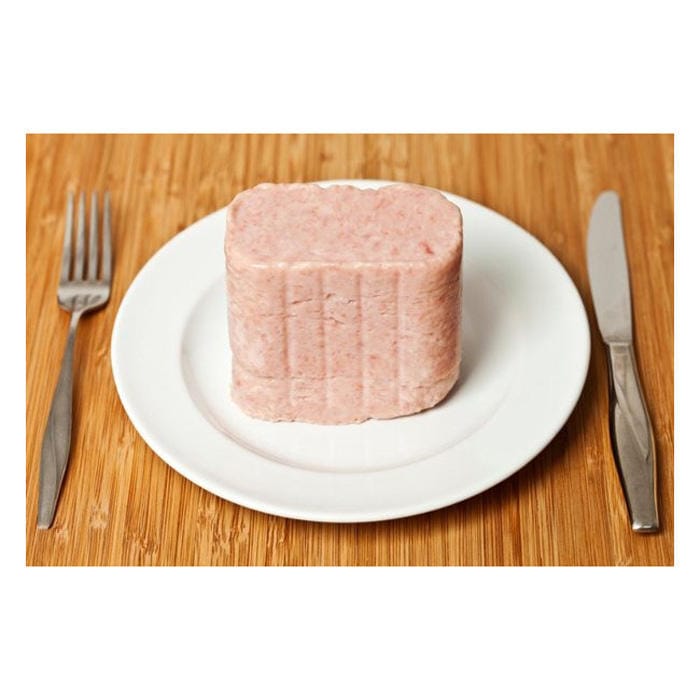An excellent long-term food storage plan is a prudent investment in the safety of your family. Not every food staple is the same, however. In the case of protein, the canned food industry is vast, and the right choices are essential to maximizing your financial and nutritional investment in your pantry. The idea is to pick items that have better shelf life, excellent taste and most versatility in your meals.
It is challenging to navigate the online listings or aisles. Would you like chicken, beef, fish or something more specific? This can be answered through knowledge of the individual characteristics of each type. With judicious consideration of the bulk canned meat you are planning on, you can create a wide and varied, efficient and reliable store of protein which will pay you later in life.
Comparing the Best Possible Competitors to your Pantry
Canned Chicken: The Everyman
The most flexible choice of bulk canned meat is probably canned chicken. It is available in chunk, shredded and ground form, so it can readily replace fresh chicken in most cooked dishes such as soups, stews, tacos and casseroles. It has a very accessible taste and generally provides a great combination of protein value, price and a shelf life of three to five years so it qualifies to have a place in the stable of any bulk buying.
Canned Tuna and salmon: the omega-3 powerhouses
Canned fish is a winner in the longevity race, usually with a shelf life of five years or longer. Tuna comes in cans with either water or oil and is an inexpensive and low-calorie source of protein to use in salads and sandwiches. Salmon, which is typically pricier, contains heart-protective omega-3 fats and is more flavorful. When purchasing bulk canned sea meat, make sure you are purchasing a type of canned meat that has the least amount of additives to achieve the most nutritious value.
Tinned Beef and Pork: To Make Meat of Alacrity
A person who loves red meat will need canned beef (usually in the form of roast beef or corned beef) and canned pork (as pulled pork or ham). They are a rich source of iron and protein that will supplement a meal. These kinds of canned meat in large quantities are ideal to make comfort foods such as hash, stroganoff, or sandwiches. They are usually more expensive than poultry, but the flavor and nutrient profile is very different and worth the cost to add to the diversified pantry.
Specialty Canned Meats: SPAM and Corned Beef Hash
There is a reason why products such as SPAM (spiced ham) and pre-made corned beef hash are so popular: they are calorie-dense and fully cooked in addition to being exceedingly shelf stable. Although they tend to be rich in sodium and fat, they are incredibly tasty and can serve as a source of energy in an emergency. Some of this bulk canned meat will help provide welcome variety and palate pleasure to your stored food supply.
Important Selective Factors of Optimum Value
Focus on Low Sodium and No-Salt-Added foods
Always look at the sodium of the canned meat when buying them in bulk. Salt is one of the main preservatives of many tinned meat products. But low sodium or no-salt-added versions are becoming more common. These are healthier options and particularly essential when water is limited as a beverage because a lot of sodium raises thirst.
How to pack liquids: Water versus oil versus broth
Meats may be packed with water, oil or broth. The less caloric and water-packed is the most ideal to lose the water and use it in recipes. The oil-packed ones tend to be higher in calories and taste and can be a welcome relief in a crisis. Broth-packed can can provide greater flavor but contain less fat. It is up to you and what you want to do in terms of nutrition and what you want to taste in your bulk canned meat supply.
Checking Can Expiration Dates and Can Integrity
Physically examine the cans, particularly along the seams and rims, before buying any bulk canned meat, as these may pierce the seal, causing spoilage. Also, note the “best by” dates. Although can goods have a much longer shelf life, the batches with the latest date are the ones that give you the freshest product with the best possible shelf life.
To compute Cost Per Serving and Nutritional Density
The real worth is in the cost/serving of usable protein. Determine the number of servings per can and compare between brands and meat types. A more nutritious can of salmon may provide more nutrition per cup than a less expensive can of tuna. Examine protein, calorie and nutrient content to achieve the optimal overall value on your bulk canned meat investment.
Conclusion
A choice of proper kinds of bulk canned meat is a balancing game between health, price, shelf life and taste. No single best option exists and the wisest move would be to create a diversified portfolio. A stockpile of versatile chicken, long-lasting fish, hearty beef and a handful of specialty foods form a resilient, adaptable and nutritious protein base, ensuring that you are ready to take on any circumstance, expected and unexpected.


